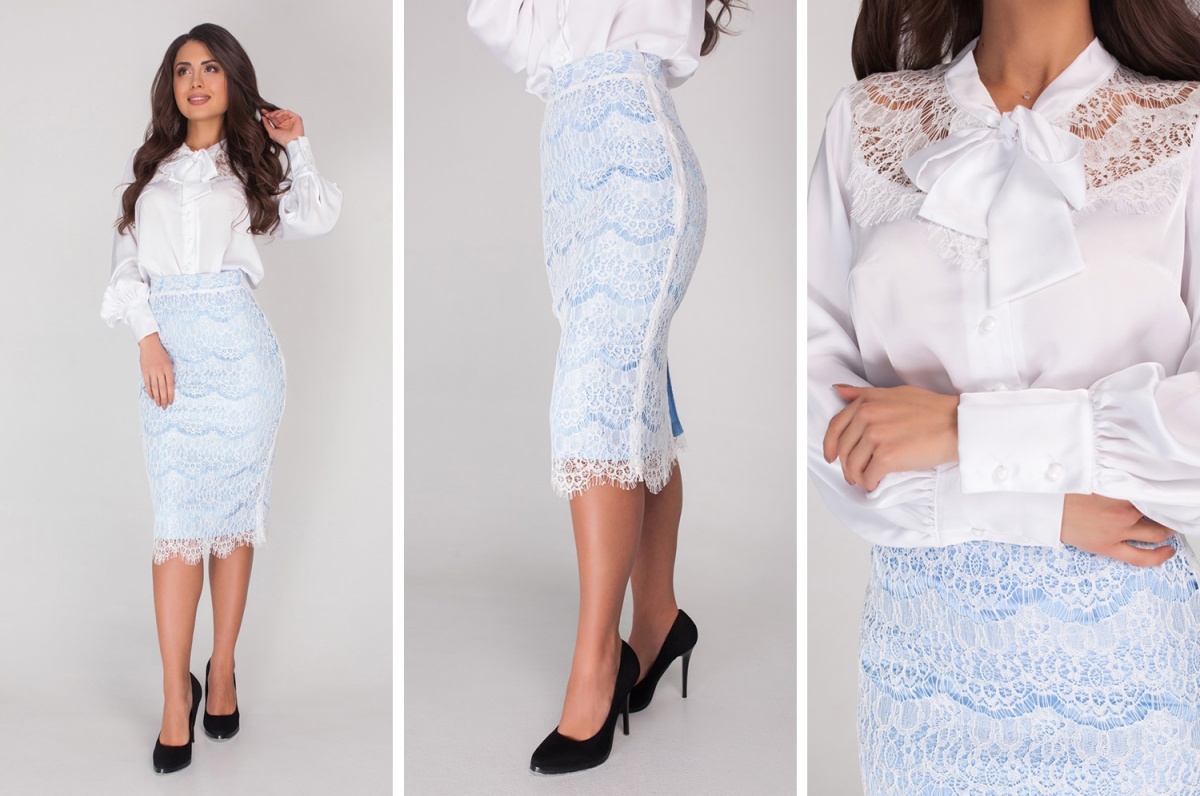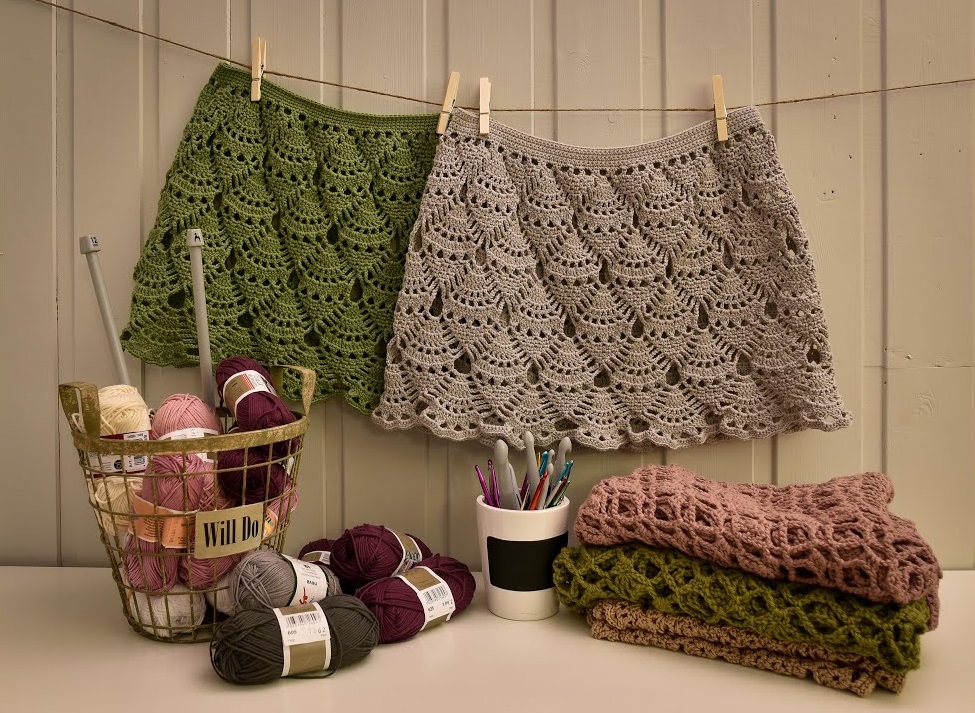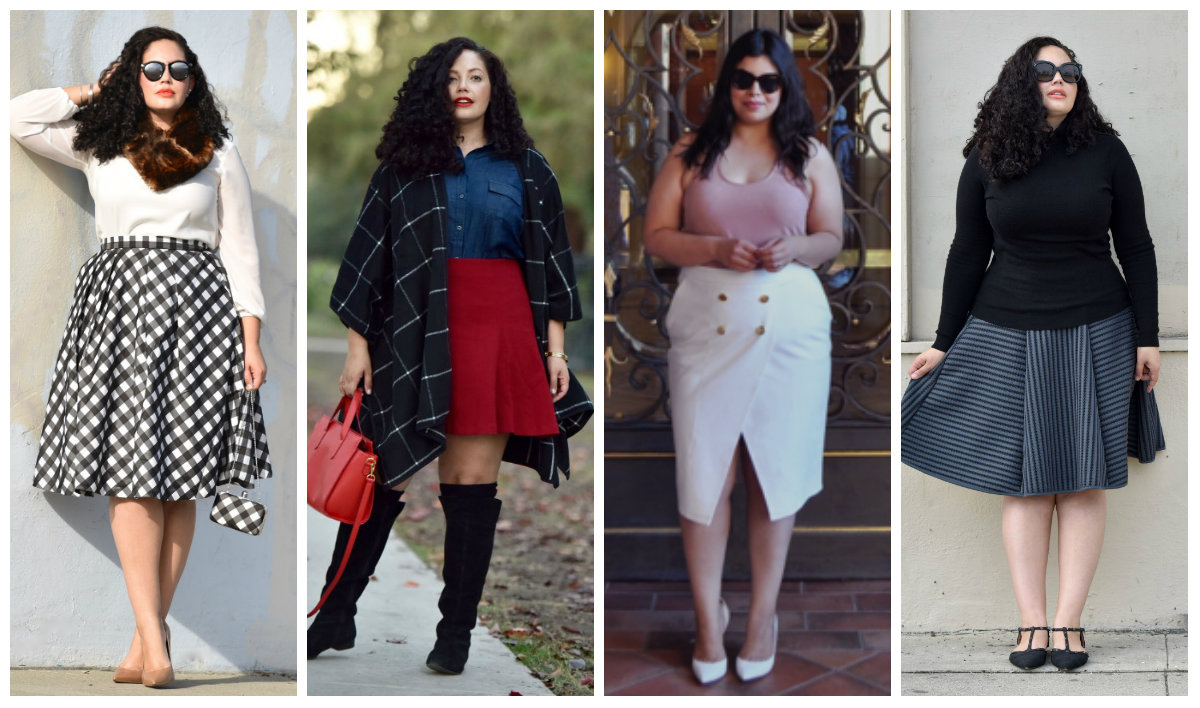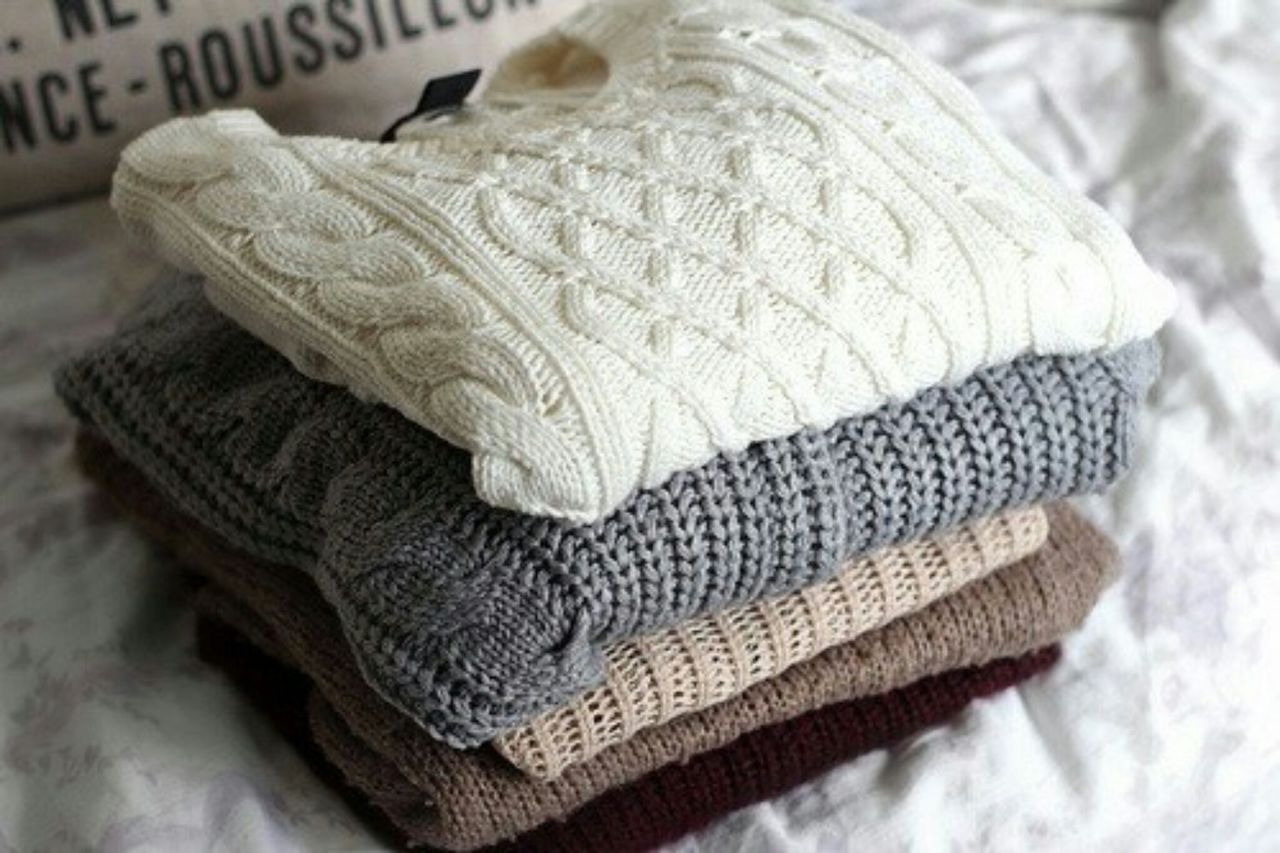Since time immemorial, women have used different methods to make a dress more voluminous and give it the desired shape. Modern representatives of the fair sex use a tulle petticoat for this purpose, which is not surprising, because the material is considered universal. Products made of this fabric can be worn under clothes of different thicknesses. But the main advantage is that such a wardrobe item can be sewn with your own hands if desired.
What you need for sewing
First of all, you need to choose the right material. It is very important to match it to the color of the skirt, especially if it is slightly translucent. It is important to take into account that tulle comes in different degrees of rigidity (high, medium and low). The larger it is, the better the product will hold the shape of dense and heavy fabrics. Soft tulle is recommended for use under a dress made of lighter textiles. Multi-layered products are best suited to add airiness to the outfit.
You can choose shiny or decorative tulle, decorated with embroidery, rhinestones and spraying, on sale. However, to make a petticoat with your own hands, you will need a piece of ordinary matte material. In addition, you need to prepare:
- sewing supplies: machine, thread, needles, pins, scissors, measuring tape;
- an iron and a cloth through which to iron the tulle;
- elastic band about 4 cm wide.
If you plan to sew a lush petticoat from tulle on rings, or if you intend to trim the bottom edge with decorative ribbon or lace, these elements also need to be prepared in advance.

Measurements and calculations
Before sewing a petticoat, you need to take some measurements. First of all, the waist circumference and the length of the future product are determined. According to the standard, the lower part should not be visible from under the hem, so it is approximately 2/3 of the length of the skirt. However, modern fashion allows the bottom of the petticoat to be on display, so in many models it is specially decorated.
For reasonable consumption of fabric for a petticoat, a special formula for the gathering coefficient (Ksb) is provided, which will help calculate the length of the tulle strip. It looks like this: Ksb = Ds/Dk, where Dk is the length of the upper edge of the fabric, which should be obtained after gathering (most often it is equal to the waist volume), and Ds is the length of the lower edge.
As an example, you can substitute real values into the formula, Dk = 70 cm, and Ds = 155 cm, then Ksb = 155/70 = 2.2. Knowing this coefficient, you can quickly calculate how much material should be used to sew models with different parameters. For example, if you need to make a similar petticoat, but a different size, you can calculate what length of fabric will be needed for sewing. To do this, you need to multiply the waist circumference by the resulting coefficient, for example, 86 cm × 2.2 = 189 cm.
The number of layers depends on the desired volume of the finished product. Thus, hard tulle holds its shape perfectly - often one layer is enough. When working with soft fabric, it is advisable to make several tiers.

Stages of creating basic models
There are several basic types of lush tulle petticoats, each with its own design and sewing features. Beginners should start with the simplest styles. The version with frills is considered more difficult, but it is still within the power of a craftswoman with any level of experience.
Simple with elastic
The lightest and most popular type of tulle petticoat for a girl with an elastic band. It is well suited for giving shape to a sun skirt and is sewn without constructing a pattern. To make it, you will need a strip of mesh material. The width is measured taking into account whether the petticoat will be shorter than the hem or should be visible from under it. The length of the strip should be at least twice the waist circumference.
Depending on the stiffness of the fabric, the petticoat can be made in two or three layers. Since the material is lightweight, it is better to additionally fix it. For convenience, it is recommended to use tailor's pins. Further production will consist of several simple steps:
- The side parts of the fabric need to be sewn together; this can be done by machine or by hand.
- For the skirt, prepare an elastic band; its length should be 2–3 cm shorter than the waist circumference.
- The next step is threading the elastic. To do this, fold the top edge of the fabric twice and stitch it, thread the elastic through the hole between the fold and the stitch. When threading it, the fabric will gather into folds, which need to be straightened out evenly.
- After the second edge of the elastic appears from the second hole, it must be sewn to the first.
- Sew up the holes.
The bottom edge of the product needs to be processed - simply folded and sewn or decorated with ribbon or lace.
Tiered
A lush petticoat, consisting of a certain number of tiers, expanding downwards, is most often sewn with a base. Additionally, another type of fabric is used, denser than tulle. How to sew a tiered tulle skirt with your own hands:
- A pattern is drawn up on paper; it can be made in the shape of a trapezoid, the top of which will be equal to the waist circumference, and the bottom part - the width of the hem.
- The resulting piece needs to be divided into several parts, each of which will act as a tier, and the top one will act as a yoke.
- The tulle should be cut into strips, the length of which will be 1.5–2 times longer than each tier and 2–4 cm wider.
- Tulle is applied to each tier. It must be folded into small folds and then sewn on the machine or by hand along the top edge.
- When all the tiers are prepared, they are sewn together one under the other, so that the bottom of each layer is attached to the top of the next.
- If the garment is not to be attached to the dress, a fastener or elastic band should be sewn onto the yoke to prevent the garment from falling off.
There is also a second way to sew a tiered petticoat, which is done without using additional fabric. In this case, the tulle skirt blank is also cut into several parts and sewn together. Additionally, you can make folds.






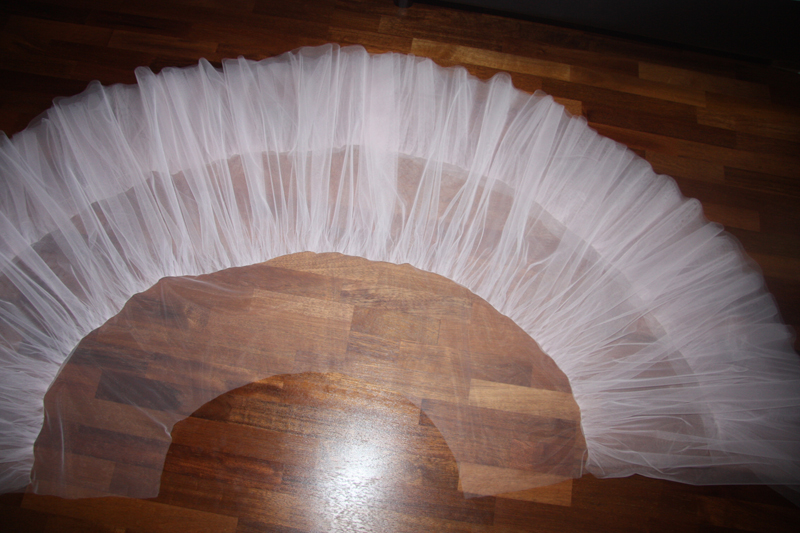

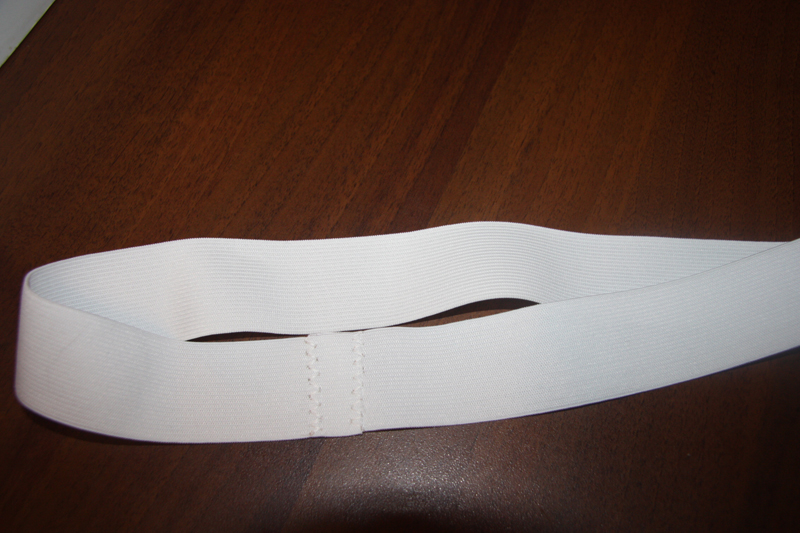
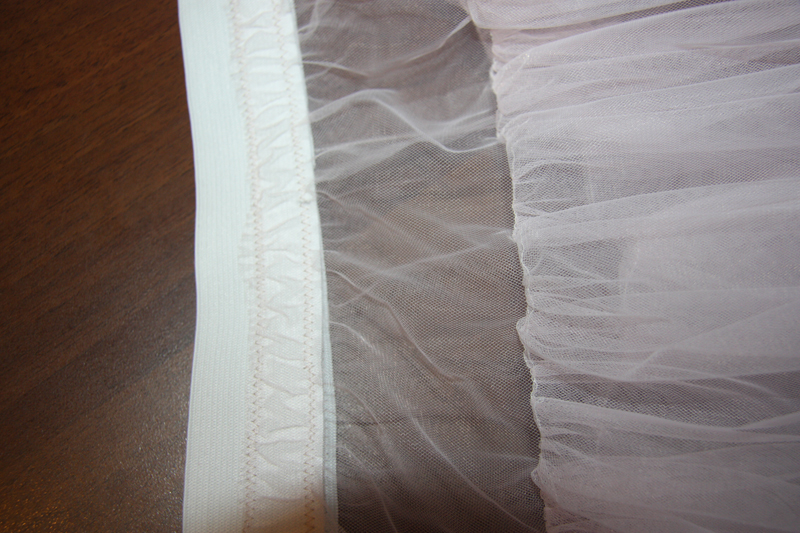
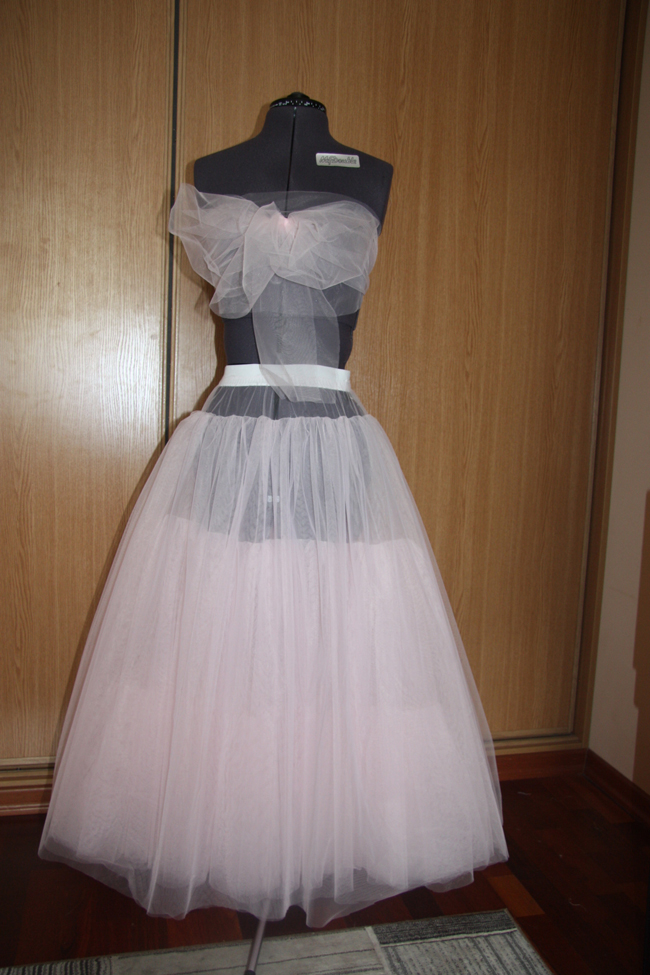
With frills
A-line dresses go well with a petticoat that has frills. This is a very successful style, since this shape makes only the lower part of the hem lush. In terms of manufacturing, it resembles the previous model, only in this case the tiers will be located at the bottom. Frills can also be sewn onto a single product in the shape of a half-sun.
The number of rows of frills can be any, depending on from what level the skirt should be more voluminous. It is also important to consider that the more layers and the more they are gathered into a fold, the more volume the petticoat will give.
No sewing for baby dress
A fluffy petticoat for a child's dress, for example, for a matinee, can be made quickly without sewing. Manufacturing steps:
- First of all, you need to take an elastic band at least 2 cm wide and a length equal to the waist size minus 3 cm.
- Then cut the tulle into strips of any width, approximately 5–7 cm. You also need to decide how long the petticoat itself should be, and multiply this value by 2, this will be the length of the strips.
- To assemble the product from the resulting blanks, it is better to stretch the elastic band onto the back of the chair.
- Tie each strip of tulle onto the elastic band one by one so that the knot falls in its middle. To create the greatest fluffiness, they need to be placed close to each other.
A petticoat made in this way is multi-layered and holds its shape well.
On the rings
Another popular type is with rings. It is most often worn under wedding, ball or floor-length dresses, as it holds the hem in the desired shape best of all. The product is a trapeze skirt made of mesh, into which special rings are inserted in the order of their increase towards the bottom.
The product is sewn as follows:
- Cut out a trapeze or sun skirt from tulle. The width of the product should correspond to the diameters of the rings, which will be located at several levels. If the petticoat is narrower, the rings simply will not fit under it.
- Turn the product inside out, attach the rings at the required levels from the inside. If they are disassembled, you can pre-sew special holes on the skirt and insert metal circles into them. If the hoops are solid, you need to sew them to the hem using ribbons.
The rings should be placed at the same distance from each other to form a smooth transition. Also, by using different placement and diameter of the hoops, you can independently adjust the shape of the product. The silhouette of the hem can be made triangular and more elongated, or at the very top, give it a lush roundness.
Edge processing
An important step in sewing a petticoat is finishing the edge. It is necessary so that the product looks decent in case the dress accidentally rises. Some clothing styles are designed so that the underskirt deliberately protrudes beyond the hem - they are made from a material of a contrasting color and are not subjected to any treatment. In this case, all edges must be carefully trimmed so that there are no uneven areas.
If you need to decorate the bottom edge of the petticoat beautifully, you can do this in three ways:
- a seam with a closed or open cut - for this you need to fold the fabric once or twice and lay a simple machine stitch to fix it;
- using decorative tape - if the edges of the tape look untidy, they must first be folded and hemmed, and only then decorate the bottom of the petticoat with them;
- lace decoration - they are sold ready-made, with processed edges, so they just need to be sewn onto the pre-hemmed edge of the hem.
In addition, you can use a special wire. It is attached to the edge of the petticoat with a ribbon and beautiful waves are created with your hands. This option is very often used in children's dresses or masquerade costumes. If the petticoats consist of several layers, such wavy edges make the hem much more voluminous. The wire can be hidden under a ribbon of different colors, different from the material itself.
To prevent the side seams from catching on the tights or rubbing the skin, they must be laid on the outside.
Tulle products are airy, but at the same time they hold their shape well. Making a petticoat with your own hands is quite easy, since the process does not require skill and experience. In this case, you can save money and create a wardrobe item in just an hour that will last for many years.












